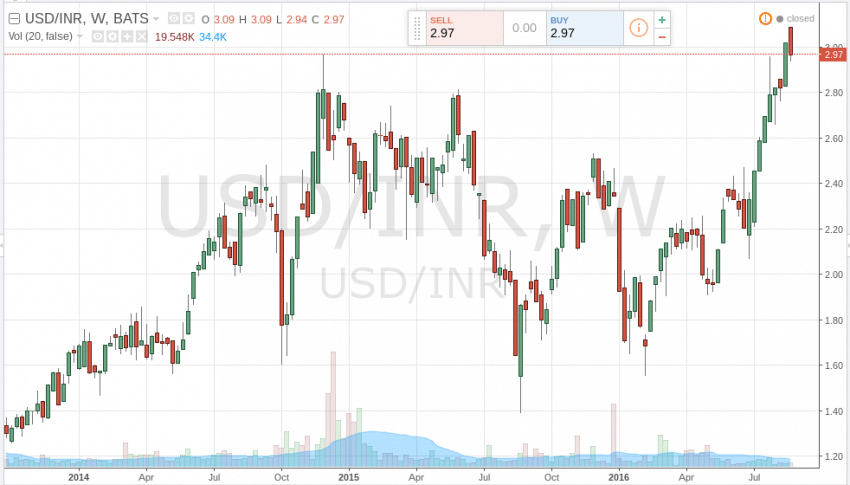New RBI Governor Patel Faces Many Challenges
Urjit Patel took over as Governor of the Reserve Bank of India (RBI) on 4 September 2016. At 52 years of age, he is among the youngest to be appointed to the position. Hopefully this is indicative of a broader trend of appointing younger Indians to senior policymaking positions — in line with the nation’s youthful demographic profile.




